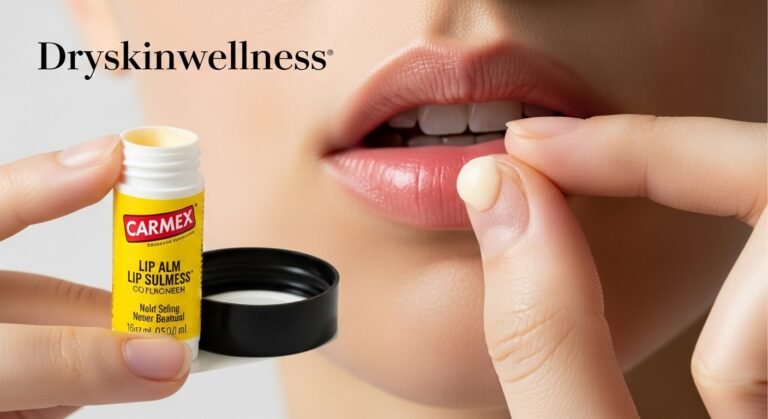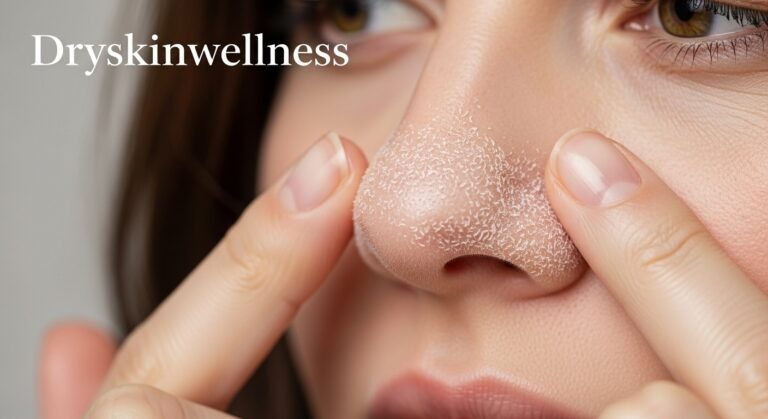Understanding And Treating Dry Skin Yeast Infections
Dry skin yeast infections, also known as seborrheic dermatitis or pityriasis versicolor, are a common skin condition affecting millions worldwide. This infection is caused by an overgrowth of a fungus called Malassezia on the skin. It can occur anywhere on the body but is most commonly found on oily areas such as the scalp, face, and chest. This article will discuss the symptoms, causes, and treatment options for dry skin yeast infections.
What is a Dry Skin Yeast Infection?
A dry skin yeast infection is a type of fungal infection that affects the outer layer of the skin. It is caused by an overgrowth of the fungus Malassezia, which is naturally present on the skin. When this fungus grows out of control, it can cause symptoms such as redness, flaking, and itching. This infection is not contagious and cannot be passed from person to person.
Symptoms of Dry Skin Yeast Infections
The symptoms of dry skin yeast infections may vary depending on the severity of the infection and the affected area of the body. Some common symptoms include:
● Redness and inflammation
● Flaking or scaling of the skin
● Itching or burning sensation on the skin
● Dry, rough patches of skin
In severe cases, blisters may also form on the skin. These symptoms can be uncomfortable and may cause embarrassment for some individuals.
Causes
The leading cause of dry skin yeast infections is an overgrowth of the fungus Malassezia on the skin. However, certain factors may contribute to this overgrowth, including:
● Oily skin
The fungus thrives in oily areas of the skin, making those with naturally oily skin more prone to these infections.
● Hot and humid weather
The warm and sweaty environment created by hot and humid weather can also promote the growth of the fungus.
● Certain medical conditions
People with compromised immune systems, such as those with HIV/AIDS or cancer, are more susceptible to these infections.
● Hormonal changes
Fluctuations in hormone levels, particularly during puberty or pregnancy, can make individuals more prone to dry skin yeast infections.
Treatment Options
There are several treatment options available for dry skin yeast infections, including:
Topical Antifungal Medications
These medications come in creams, lotions, or shampoos and are applied directly to the affected area. They work by killing off the fungus causing the infection. Some common topical antifungal medications include ketoconazole, miconazole, and clotrimazole.
Oral Antifungal Medications
In more severe cases of dry skin yeast infections, oral antifungal medications may be prescribed. These medications work by attacking the fungus from within the body. They are typically only used for short periods due to potential side effects such as nausea and liver damage.
Steroid Creams
Inflammation and itching are common symptoms of dry skin yeast infections. Steroid creams can help reduce these symptoms, relieving the affected individual. However, they should only be used under the guidance of a healthcare professional, as long-term use can have adverse effects on the skin.
Home Remedies
Some individuals may opt for natural remedies to treat dry skin yeast infections. These can include tea tree oil, apple cider vinegar, or coconut oil on the affected area. While these remedies may provide some relief, they are not backed by scientific research and should be used cautiously.
Preventing Dry Skin Yeast Infections
While dry skin yeast infections can be uncomfortable and bothersome, some steps can be taken to prevent them from occurring. These include:
● Keeping skin clean and dry: Regularly washing the affected area with a mild soap can help to keep it clean and prevent excess oil buildup.
● Using antifungal shampoos: For those who suffer from scalp yeast infections, using an antifungal shampoo can help to keep the fungus at bay.
● Avoid tight-fitting clothing: Tight clothing can trap moisture and promote fungus growth. Opt for loose, breathable fabrics instead.
● Managing stress levels: Stress can weaken the immune system, making individuals more susceptible to infections. Finding ways to manage stress, such as through exercise or meditation, can help prevent dry skin yeast infections.
Recurrence of Yeast Infection
Cutaneous candidiasis symptoms (Yeast infection) can reoccur if proper prevention methods are not taken. Maintaining good hygiene and managing any underlying medical conditions that may contribute to these infections is essential. If they reoccur, seeking treatment from a healthcare professional for proper management is vital.
So, if you ever find yourself dealing with a dry skin yeast infection, know that there are effective treatment options available and steps you can take to prevent them from occurring in the future. Remember to consult a healthcare professional for proper diagnosis and treatment, and maintain good hygiene and stress management habits to keep your skin healthy and happy. You can effectively manage and prevent dry skin yeast infections with the proper care.
FAQ
Q: Are dry skin yeast infections contagious?
A: No, these infections cannot be passed from person to person.
Q: Can stress cause dry skin yeast infections?
A: While stress does not directly cause these infections, it can weaken the immune system and make individuals more susceptible.
Q: How long does a dry skin yeast infection take to clear up?
A: The time it takes for a dry skin yeast infection to clear up may vary depending on the severity and type of treatment used. Consulting with a healthcare professional for proper diagnosis and treatment is essential. Mild cases can generally be cleared up within a few weeks, while more severe cases may take longer.
Q: Can natural remedies effectively treat dry skin yeast infections?
A: While some individuals may find relief from using natural remedies, they are not backed by scientific research and should be used cautiously. Consulting with a healthcare professional for proper diagnosis and treatment is essential.
Conclusion
Dry skin yeast infections can be a bothersome and uncomfortable condition, but they can be easily managed with the proper treatment and prevention methods. If you are experiencing symptoms of a dry skin yeast infection, it is essential to consult a healthcare professional for appropriate diagnosis and treatment. You can effectively manage and prevent future episodes of this common skin condition with proper care.
Remember to keep your skin clean and dry, use antifungal medications as directed, and maintain a healthy lifestyle to keep your skin happy and healthy. So, if you ever find yourself dealing with a dry skin yeast infection, know that there are effective treatment options available and steps you can take to prevent them from occurring in the future.
You can effectively manage and prevent future episodes of this common skin condition with proper care.


